SO HERE IS HOW I MAKE GEL MEDIUM TRANSFERS!!!
I went to the art supply/craft store and bought this stuff. It was less than $15. I don't remember exactly how much it was.
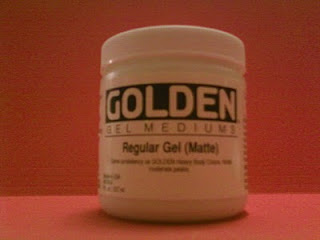 I bought a bunch of muslin and cut some of it into squares.
I bought a bunch of muslin and cut some of it into squares.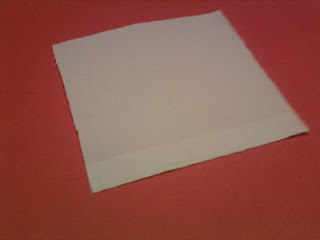 I drew some pictures and practiced my writing backwards in cursive. Then I went to the corner store and made a xerox of what I had done. 25¢.
I drew some pictures and practiced my writing backwards in cursive. Then I went to the corner store and made a xerox of what I had done. 25¢.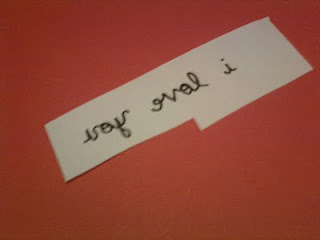 You should probably use a brush or something, but I used my finger to apply the gel medium to the fabric. I spread it to be larger than my photocopied image.
You should probably use a brush or something, but I used my finger to apply the gel medium to the fabric. I spread it to be larger than my photocopied image.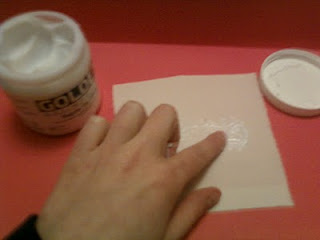 After I am sure that I have enough gel medium on the fabric I put my photo copy down, image into the goop. Make sure that you really press on it. I usually trace all the image with my fingernail or the back of a spoon.
After I am sure that I have enough gel medium on the fabric I put my photo copy down, image into the goop. Make sure that you really press on it. I usually trace all the image with my fingernail or the back of a spoon.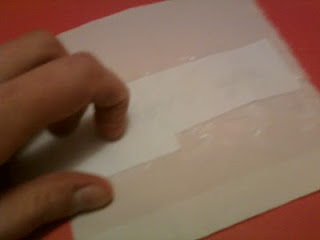 If you hold the fabric up, light shines through it and you can see your image.
If you hold the fabric up, light shines through it and you can see your image. 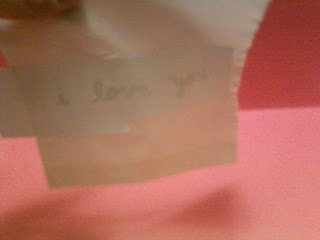 Let dry overnight.
Let dry overnight.This craft project is to be continued...
NEXT DAY!
Get the paper wet. Let the water soak in for about a minute.
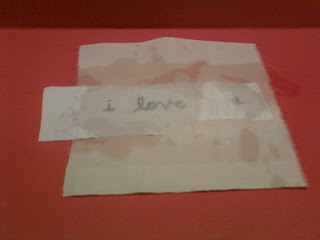 Peel up an edge of paper that isn't really stuck to the fabric. Start rolling it off. Don't be afraid to press on the image, if done right the image should not be affected by rolling the paper away.
Peel up an edge of paper that isn't really stuck to the fabric. Start rolling it off. Don't be afraid to press on the image, if done right the image should not be affected by rolling the paper away.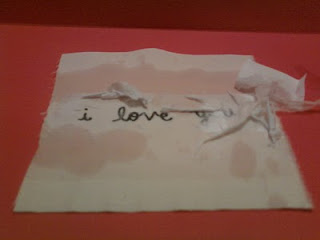 You can use the faucet, a wet sponge or a spray bottle. I have been a fan of the spray bottle. I will mist the whole area and then spray some water onto to fingers and start rolling the paper.
You can use the faucet, a wet sponge or a spray bottle. I have been a fan of the spray bottle. I will mist the whole area and then spray some water onto to fingers and start rolling the paper.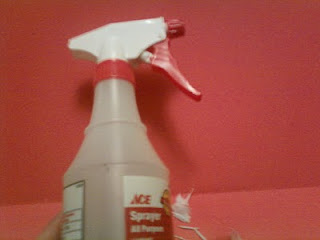 Ta-da! The image is on the fabric! When it dries you may see a need to re-wet and peel/roll away a remaining paper film.
Ta-da! The image is on the fabric! When it dries you may see a need to re-wet and peel/roll away a remaining paper film.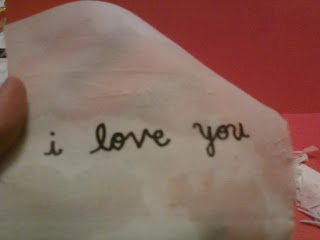 I decided to make a small drawstring bag with this patch. I also used some corduroy fabric, some rickrack and a shoelace.
I decided to make a small drawstring bag with this patch. I also used some corduroy fabric, some rickrack and a shoelace.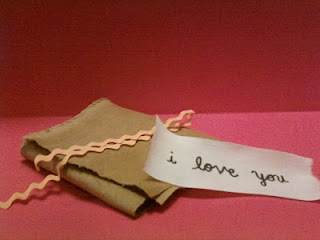 I secured the patch to the corduroy with a small zigzag stitch along the top and bottom.
I secured the patch to the corduroy with a small zigzag stitch along the top and bottom.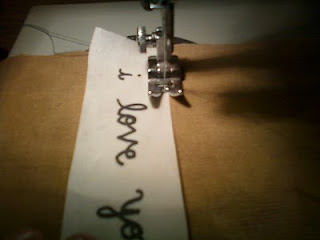
Here it is attached!
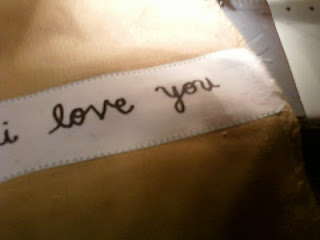 Now attach the rickrack! I just did a simple straight line across the middle. The thread doesn't match but I don't care.
Now attach the rickrack! I just did a simple straight line across the middle. The thread doesn't match but I don't care.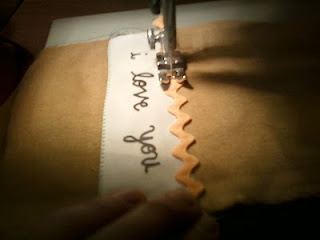 Now I made a bag. I am not going to explain how I made it. That can be a later tutorial. But here it is done.
Now I made a bag. I am not going to explain how I made it. That can be a later tutorial. But here it is done.
Here are some other gel medium trasnfers I attached to sewn things…
A pencil bag with a wonky zipper.
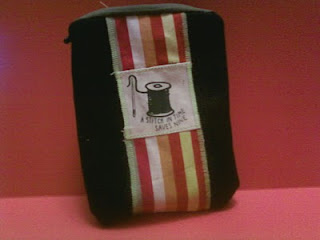 A pockety foldy thing I made.
A pockety foldy thing I made.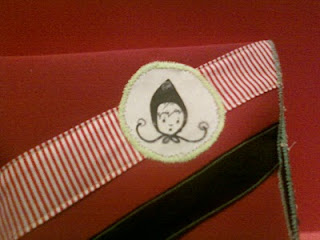
I made some backpacks a few years ago. They have both had quite a bit of use. My friend, Jessie, uses hers all the damn time. It has been worn biking through winters, rainy springs, summer and sun, and traveled all over the place. I put small transferred images on the bags.
My bag is the one on the right, Jessie's bag is on the left. You can still kind of see the image (scissors with wings on the handles). SO, the transfers can hold up alright to the elements. The transfers have a slight shine to them, so mine is not visible in this picture.
Here is a not so great photo of the transfer on my bag, it has held up very well.



































